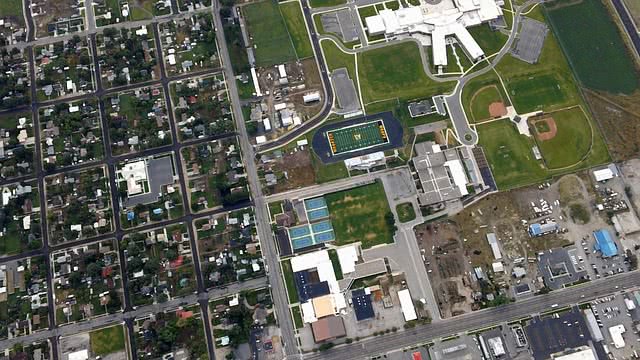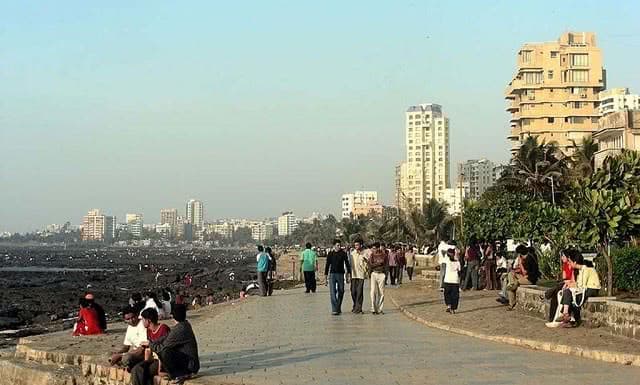Urbanization as an economic process, classical view of urbanization characterizes an urban place as an economic parasite thriving on the Agricultural surplus produced in the hinterland. This argument was evident and had value during the period of emergence of ancient towns. The pre-industrial age was agrarian society despite the location whether it is rural or urban. In terms of surplus production, rural areas are more productive than urban areas. Urban areas played the role of markets and space for the settlement of merchants and elite. But Post-Industrial urban areas are more productive and income generating. The age of Industrialization transformed the face of urban areas from rural dependent to multi-sectoral manufacturing and market hub.
The Pre-Industrial revolution age was dominantly agrarian and partly tertiary (nowhere compared to the post-industrial revolution age but still there existed a wide range of tertiary activities). With the onset of Industrial revolution, the cities and towns had developed into major manufacturing hubs. This transformation had added manufacturing sector into urban economy. In the modern age, share of any country’s GDP comes from its urban centers (Harvey, 2012). Even though the urban centers are the major manufacturing hubs and contribute a great portion to the GDP from its secondary sector (considerable share in total output of the city) but the factor of manufacturing itself cannot define an urban center (there are many urban centers which have no registered manufacturing company) (Ibid).

Related: Reasons why Urban Planning is important for cities
There are many towns emerged based on Agrarian, Fishing, Forestry, and Mining (primary sector) and also based on service sector. Although service sector has been always an integral part of every city post-industrial revolution age developments had boosted and widened the service sector. Later the service sector had emerged into an unprecedented contributor of GDP of any nation.
Towns like Sirpur Kaghaznagar and Nirmal in Telangana are better known for the forestry towns (economy of these towns majorly dependent on the forest produce). This type of towns has their origins from the growth in interaction (for trade and market needs) of tribal communities with mainstream population. Material from forests to these towns include Timber, Firewood, Lac, Animal skins, Beeds, and many other products.
Mining is a major aspect in the development of many modern towns (as per the classification of towns in terms of Ancient, Medieval and Modern) in India during 20th Century. Ratnagiri in Maharashtra, Singareni in Telangana, Bellary, Bhadravati in Karnataka, Neyveli in Tamil Nadu, Thalcher in Odisha and Jharia in Jharkand are few famous mining towns in India. Coal, Iron ore, Bauxite, Manganese, Mineral Oil, Granite, and Copper are the major mineral deposit regions that gave birth to several towns in India. Along with the mining towns also functions as the major trade centers in their respective regions. The most significant process of urbanization is modernizing the primary activities. This is a very efficient process and is ongoing in India too.
Green revolution had vitalized and generated many small towns across Punjab, Andhra Pradesh, Tamil Nadu, and some other states. Vijayawada- Guntur districts of Andhra Pradesh, Coimbatore- Salem districts of Tamil Nadu, Sugar belt of Maharashtra and canal area of Rajasthan are some of the most famous examples that flourished with the incoming of Green revolution in India. The shift from traditional farming to technological and scientific farming has not only just made the hinterland to prosperous but also rejuvenated the urbanization process in India.
Secondary sector with its ever-increasing income generation has also been very strong in Indian economy. Colonial rulers had led the foundation for the manufacturing sector for their benefit. Later many individuals and Post-Independent Governments had continued to expand the Indian manufacturing sector as one of the major industrial nations in the world. Megacities like Mumbai, Delhi, Kolkata, Madras, Bangalore, and Hyderabad are major industrial centers of the country. There are also several other towns emerged from the activities of manufacturing sector. Modinagar in Uttar Pradesh, Bhadravati in Karnataka, Chittaranjan in West Bengal and Naya Nangal in Punjab are the towns have their origins from manufacturing activities. Every large economy (Country) of the world had adapted the mechanized production to improve their productivity and income (Ramachandran, 1989).

The Service sector of any economy in the world holds a major portion of the informal sector and is an open sector for many opportunities. Service sector even produces the major portion of GDP of any nation. Tourism, Knowledge economy, Transportation, Financial institutions (Banking, Stock exchanges, International Organizations, etc.) and many other industries are part of the service sector. The eventual, slow in the beginning but accelerated post-industrial revolution age, growth of the urban areas as centers for opportunities is evident in the age we live in. The national economies are dependent on their large metropolitan regions considering the vast amount of wealth generated. In the age of post-industrial revolution, cities play a major role beyond the borders of the nations as globally connected, global cities as Saskia Sassen describes the phenomenon.
References:
Harvey, D. (2012). “Rebel Cities”. Verso Publication. New York.
Ramachandran (1989). “Urbanization and Urban Systems in India”, Oxford Publication. Delhi.
Also Read: How smart cities are leading Urbanization